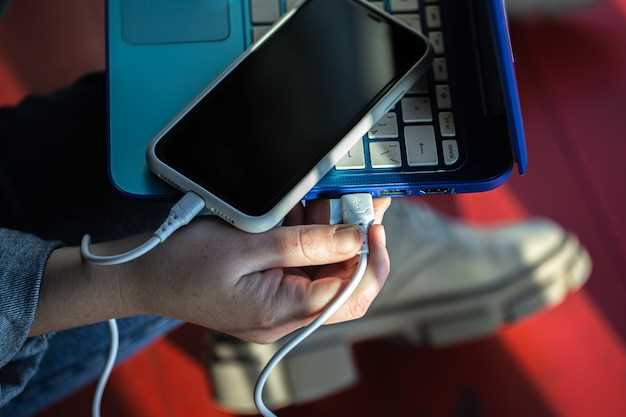
Modern technological devices often rely on external power sources for operation. When the primary means of recharging these devices becomes unreliable, it can cause frustration and hinder productivity. This article addresses a common issue encountered with mobile devices: the inability to charge due to a malfunctioning charging input. We will explore various potential causes and provide step-by-step troubleshooting strategies to resolve this problem swiftly and effectively.
The charging input, or charging port, serves as the gateway for electrical power to enter a device’s battery. It consists of a series of connectors that establish a physical and electrical connection between the device and a charging device, such as a wall adapter or USB cable. When the charging input malfunctions, it can impede the transfer of electrical current, rendering the device unable to charge.
Clean the Charger Port
Table of Contents
If your device is unresponsive to charging, accumulated debris may be obstructing the charging port. Follow the steps below to clean the port and restore its functionality:
Check the Charging Cable
Before you delve into more complex diagnostics, it’s crucial to scrutinize the charging cable as it may hold the key to your charging woes. A faulty cable can impede the flow of electricity, rendering it incapable of rejuvenating your device’s battery.
Inspect the Cable for Damage:
Thoroughly examine the cable along its entire length. Look for any visible signs of damage, such as cuts, fraying, or kinks. Pay particular attention to the connectors at both ends, which are prone to wear and tear. Even the most subtle damage can disrupt the electrical connection, hindering the charging process.
Try a Different Cable:
If you’ve ruled out visible damage, the next step is to try a different charging cable. Borrow one from a friend or purchase a new one. If the new cable successfully charges your device, the issue lies with your original cable and it should be discarded.
Inspect the Power Outlet
Examine the electrical outlet into which your charging device is plugged. Determine if the power outlet is supplying electricity. Insert another appliance into the outlet to verify power flow. If the appliance does not operate, the outlet may be faulty. If this is the case, contact a qualified electrician to resolve the issue.
Examine the Device’s Software
The device’s software can also impact the functionality of the charging port. Outdated software or system glitches may cause compatibility issues or prevent the port from recognizing the charging cable. Here are a few software-related troubleshooting steps to consider:
Check for Software Updates:
- Go to your device’s settings > Software updates.
- Check if any updates are available. Install the updates if necessary.
Restart the Device:
- Press and hold the power button until the power menu appears.
- Select the “Restart” option.
Factory Reset (Last Resort):
- Caution: This will erase all data from your device.
- Go to your device’s settings > Backup and reset.
- Select the “Factory data reset” option. Confirm the reset.
Consider Physical Damage
The charging port may not be functioning due to physical damage. Examine the port closely for any visible signs of damage, such as bent or broken pins, debris, or corrosion. If there is any physical damage, it is recommended to seek professional repair to prevent further issues. A damaged charging port can compromise the device’s ability to charge properly, leading to potential performance problems and inconvenience.
Seek Professional Assistance
If troubleshooting steps fail, consider seeking professional assistance. Qualified technicians can diagnose and repair the issue quickly and effectively.
| Benefits of Professional Assistance: |
|---|
| Expert Diagnostics |
| Specialized Equipment |
| Timely Repair |
| Warranty and Support |
Questions and Answers
I’ve tried all the steps in the article, but my charger port still isn’t working. What are my options?
If you’ve tried all the troubleshooting steps in the article and your charger port is still not working, there may be a more serious issue. In this case, you may need to take your phone to a repair technician to have it diagnosed and repaired. There may be a problem with the hardware or motherboard that requires professional repair.
 New mods for android everyday
New mods for android everyday



